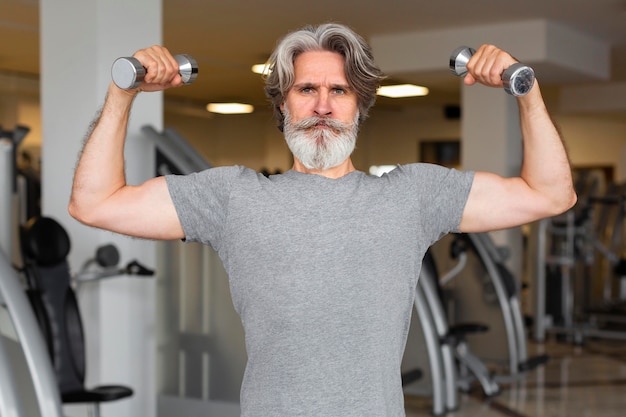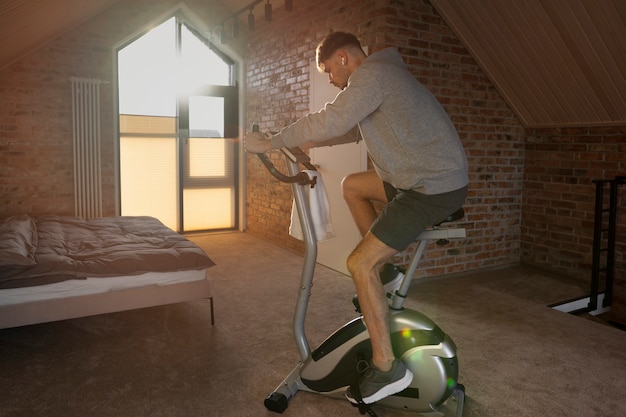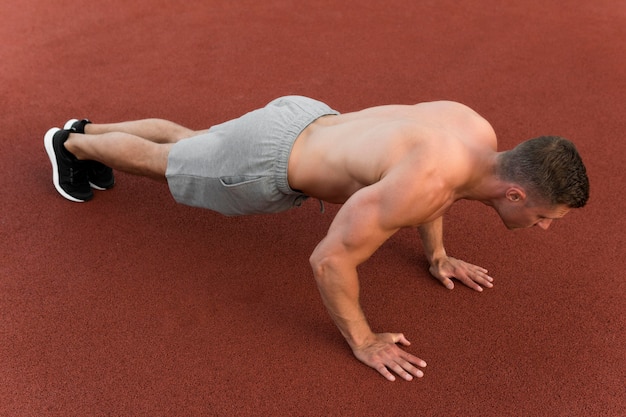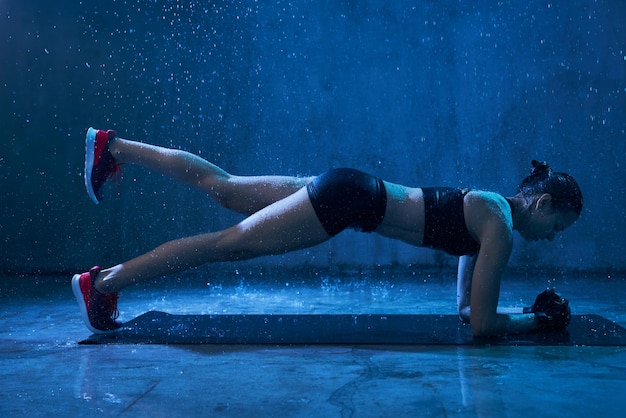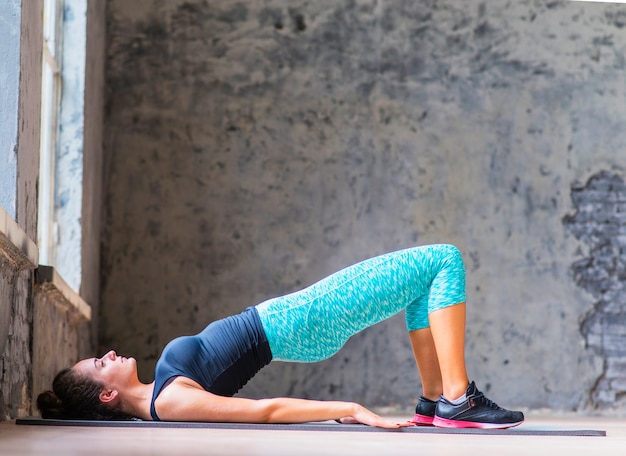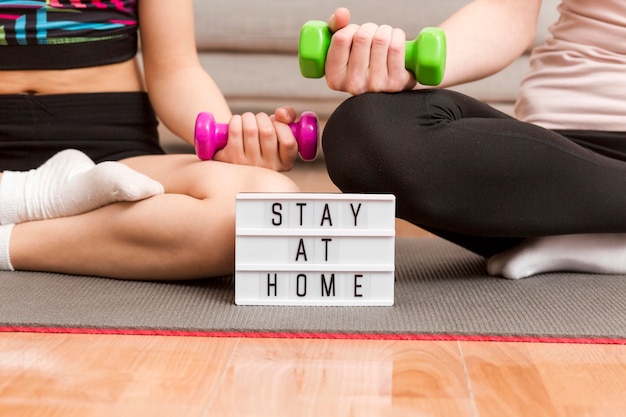Swim Stronger at Home: The Ultimate Dryland Workout Guide for Swimmers
Swimming isn't just about time in the pool—it's about building strength, stability, and power on land too. That's where home dryland workouts come in. Whether you're training for competition or just want to improve your stroke efficiency, a consistent at-home routine can dramatically enhance your performance. This complete home workouts checklist is designed specifically for swimmers, with coach-style pointers, form notes, and easy modifications so you can train effectively—no gym required.
Why Dryland Training Matters for Swimmers
Dryland training strengthens the muscles used in swimming, improves core stability, enhances flexibility, and reduces injury risk. Unlike general fitness routines, swim-specific workouts focus on shoulder stability, core engagement, and explosive power—key elements that translate directly to faster turns, stronger strokes, and better endurance.
The best part? You don’t need fancy equipment. With bodyweight exercises, resistance bands, and a bit of floor space, you can build a powerful routine at home.
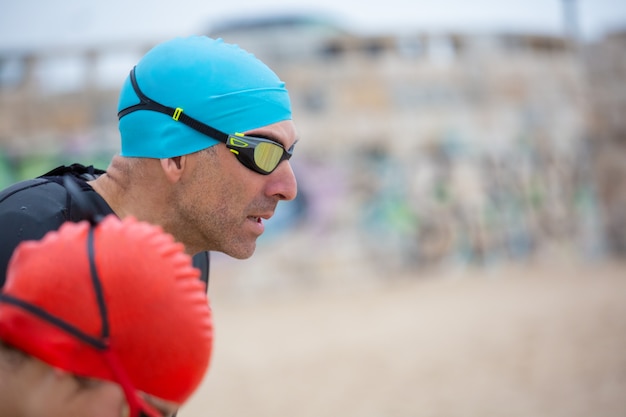
The Complete Home Workout Checklist
Perform this routine 3–4 times per week, either before or after swimming, or on rest days. Aim for 3 rounds of each circuit with 30–60 seconds of rest between sets.
Circuit 1: Core & Stability
- Plank with Shoulder Taps (30 seconds) – Keep hips still. Tap opposite hand to shoulder. Modification: Drop to knees.
- Side Plank (20 seconds per side) – Stack feet or stagger for balance. Engage obliques. Focus: Prevent hips from sagging.
- Dead Bug (12 reps) – Press lower back into floor. Move opposite arm and leg slowly. Form Tip: Breathe steadily.
- Superman Hold (30 seconds) – Lift chest and legs slightly. Squeeze glutes and lower back. Modification: Lift one limb at a time.
Circuit 2: Upper Body & Shoulder Strength
- Push-Ups (10–15 reps) – Hands slightly wider than shoulders. Keep core tight. Modification: Incline push-ups on a sturdy surface.
- Resistance Band Rows (12 reps) – Anchor band securely. Pull elbows back, squeeze shoulder blades. Form Tip: Avoid shrugging.
- Band External Rotations (15 reps per arm) – Elbow at 90°, close to side. Rotate forearm outward slowly. Key: Prevent shoulder hiking.
- Plank to Downward Dog (8 reps) – Builds shoulder mobility and endurance. Move with control.
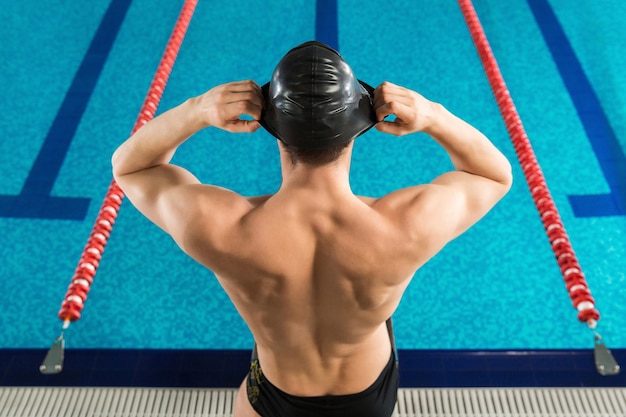
Circuit 3: Lower Body & Power
- Squats (15 reps) – Feet shoulder-width apart. Sit back, chest up. Modification: Use chair for support.
- Lunges (10 per leg) – Step forward, lower until both knees are at 90°. Form Tip: Keep front knee behind toes.
- Glute Bridges (15 reps) – Lie on back, feet flat. Lift hips, squeeze glutes at top. Progression: Single-leg bridges.
- Wall Sit (30–45 seconds) – Back flat against wall, knees over ankles. Modification: Shorter hold or higher position.
Circuit 4: Swim-Specific Mobility & Activation
- Scapular Push-Ups (10 reps) – In plank position, protract and retract shoulder blades without bending elbows. Purpose: Improve shoulder stability.
- Band Pull-Aparts (15 reps) – Hold band wide, pull apart at chest height. Focus: Squeeze upper back.
- Arm Circles (30 seconds forward/backward) – Small to large circles. Warm up shoulders and improve range of motion.
- Dynamic Stretching (2 minutes) – Include leg swings, torso twists, and inchworms to activate full body.
Coach-Style Tips for Maximum Results
- Focus on Form First: Quality over quantity. Perform each rep with control to build muscle memory and prevent injury.
- Breathe with Purpose: Exhale during exertion (e.g., pushing up), inhale during release. Proper breathing supports core engagement.
- Engage Your Core Constantly: Whether in a plank or squat, a braced core protects your spine and improves movement efficiency.
- Warm Up and Cool Down: Always start with 5 minutes of light movement and end with static stretching, especially for shoulders and hips.
- Track Progress: Note reps, resistance, or time. Gradually increase difficulty to keep challenging your body.
Easy Modifications for All Levels
Not every swimmer is at the same fitness level. These simple adjustments help you scale workouts safely:
- For Beginners: Reduce reps, shorten hold times, use modifications (e.g., knee push-ups).
- For Advanced Swimmers: Add resistance bands, slow down tempo, or increase sets.
- For Injury Prevention: Avoid pain. Focus on low-impact movements and prioritize mobility.
Final Thoughts
Home dryland training is a game-changer for swimmers of all levels. With this complete checklist, you can build strength, improve technique, and stay injury-free—right from your living room. Stay consistent, listen to your body, and watch how your performance in the water transforms.
Train smart. Swim stronger.







